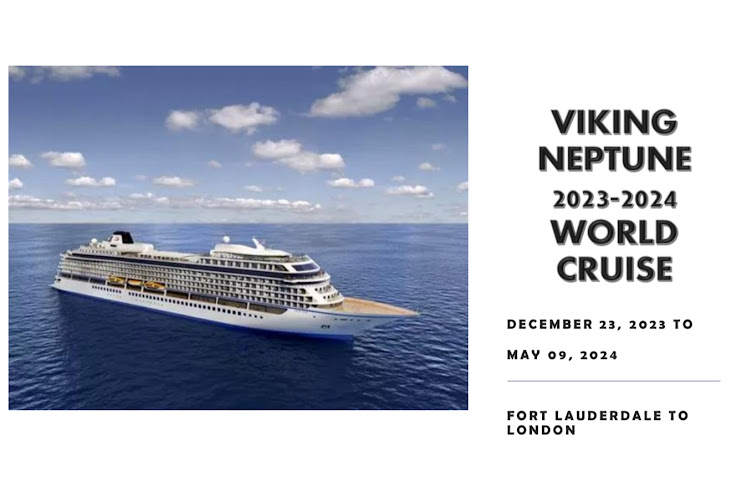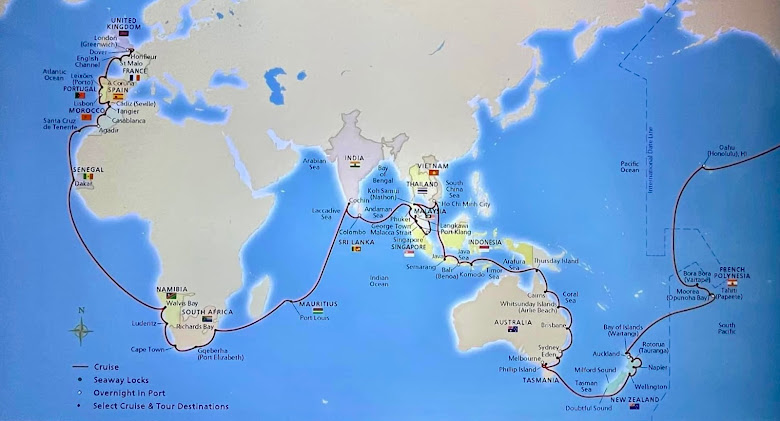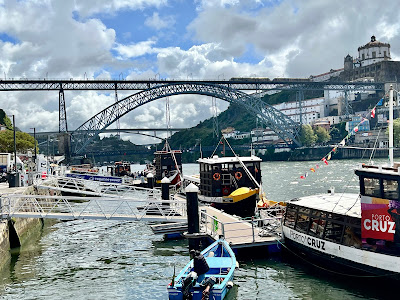Porto is our second and final stop in Portugal. It is Portugal‘s second largest city. It is a UNESCO heritage city with a historic downtown, a wine tradition and a coastal charm. For more detailed information about this city, go to this link: https://portugaltravelguide.com/porto/
I was the escort on a visit to the Gold Museum located in the city of Povoa de Lanhoso, an hour and a half drive through the beautiful countryside. The Gold Museum was created with the aim of promoting and enhancing the work carried out by the goldsmiths of Travassos, a village where there are various workshops in operation. During the 50 years that he spent working as a Goldsmith, Francisco de Carvalho e Sousa collected the pieces now on display revealing a particular way of making filigree objects, resulting from the accumulation of the secrets and knowledge acquired over various generations.
The exhibition displays the equipment used in workshops, the tools used by the goldsmiths themselves, some silver objects and various pieces made of gold, including some archaeological finds, such as a diadem from the Copper Age and a Roman earring.
Filigree is the art of working gold and silver through delicate threads of these materials, finely intertwined and juxtaposed, forming works of high complexity. It was fascinating to watch the Goldsmith working with a two-twisted strand of 80% gold wire that was as thin as your hair. This is incredibly detailed work that cannot be rushed. This is the video of a man who has been doing this job for 20 years and can do it without wearing glasses – – which is amazing.
While Beverly was out learning about gold filigree, I participated in the included excursion, which was a four hour part bus, part walking tour of various parts of Porto. Porto is the second largest city in Portugal and no less beautiful than its big brother, Lisbon. Our bus drove about 45 minutes to a beautiful square near downtown Porto. We only had a half hour to explore, but in addition to some very interesting structures, I did see two unique things. The first was the largest statue devoted to Lady Justice that is not blindfolded. All the rest are blindfolded, suggesting that law will always be applied fairly. Here, they know better.
| Lady Justice |
The second unique finding was a bookstore, but not just any bookstore. It appears that JK Rowling lived in Porto for a number of years and frequented this bookstore often. The bookstore had a spiral staircase going from the first to the second floor and JK Rowling commented that this staircase was her inspiration for the Harry Potter series. Unfortunately, the line to get in to see the staircase was an hour long, so I didn’t get to do that.
From here we took a short bus ride down to the Douro river for an hour walking tour of some of the most beautiful scenery I have ever witnessed. Now I understand why people take river cruises down the Douro river. Here, you see centuries old structures, in every color and shape imaginable. They even have some of the original boats that carried the port wine casks down the river.
The centerpiece of this stop was a bridge that looked very familiar. Just like the bridge in Lisbon looks familiar because it was built by the same architect that built the Golden Gate Bridge, this one was familiar because it was designed by the same architect who built the Eiffel Tower. in fact, it was Gustav Eiffel’s last project before constructing the Eiffel Tower.












